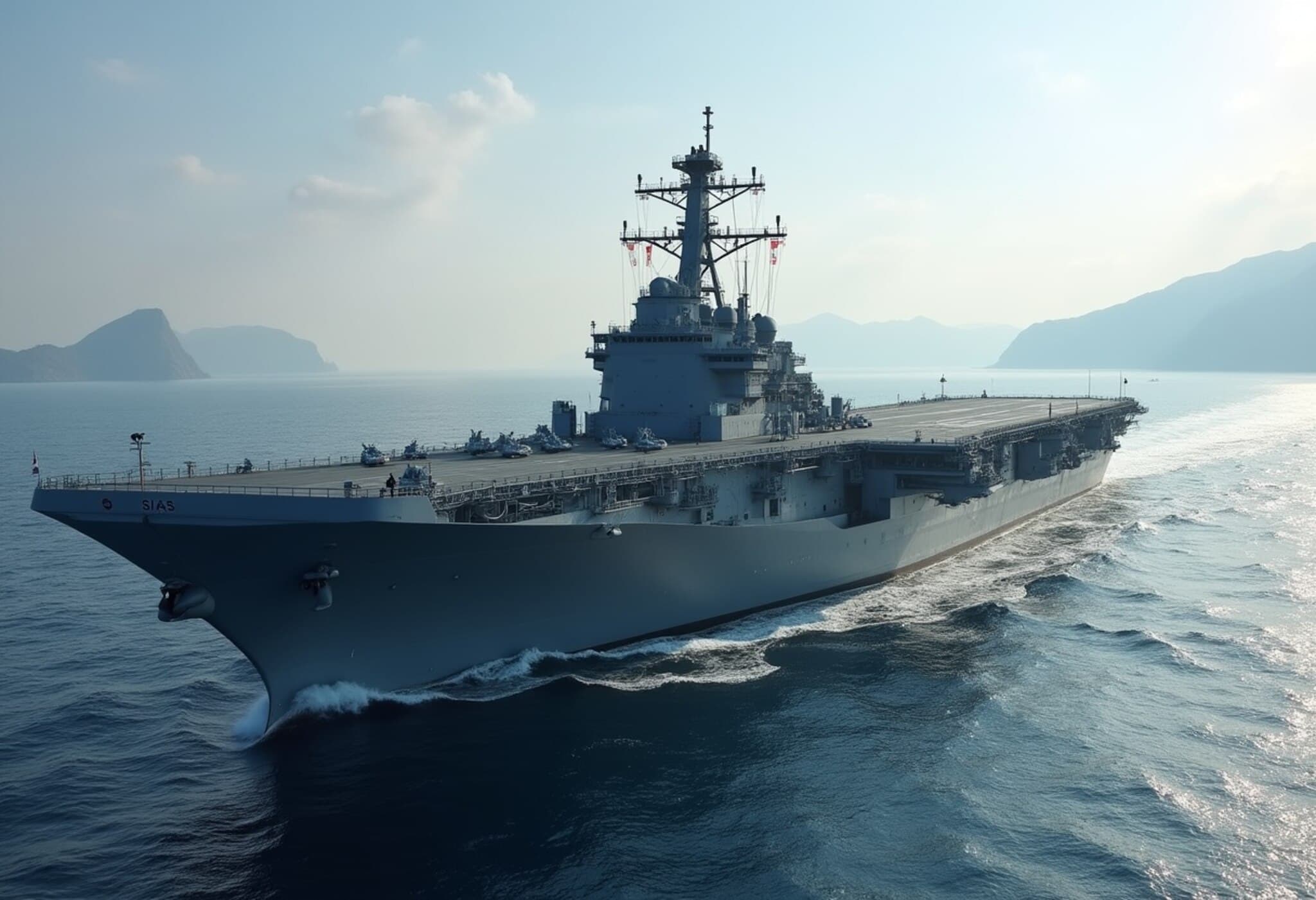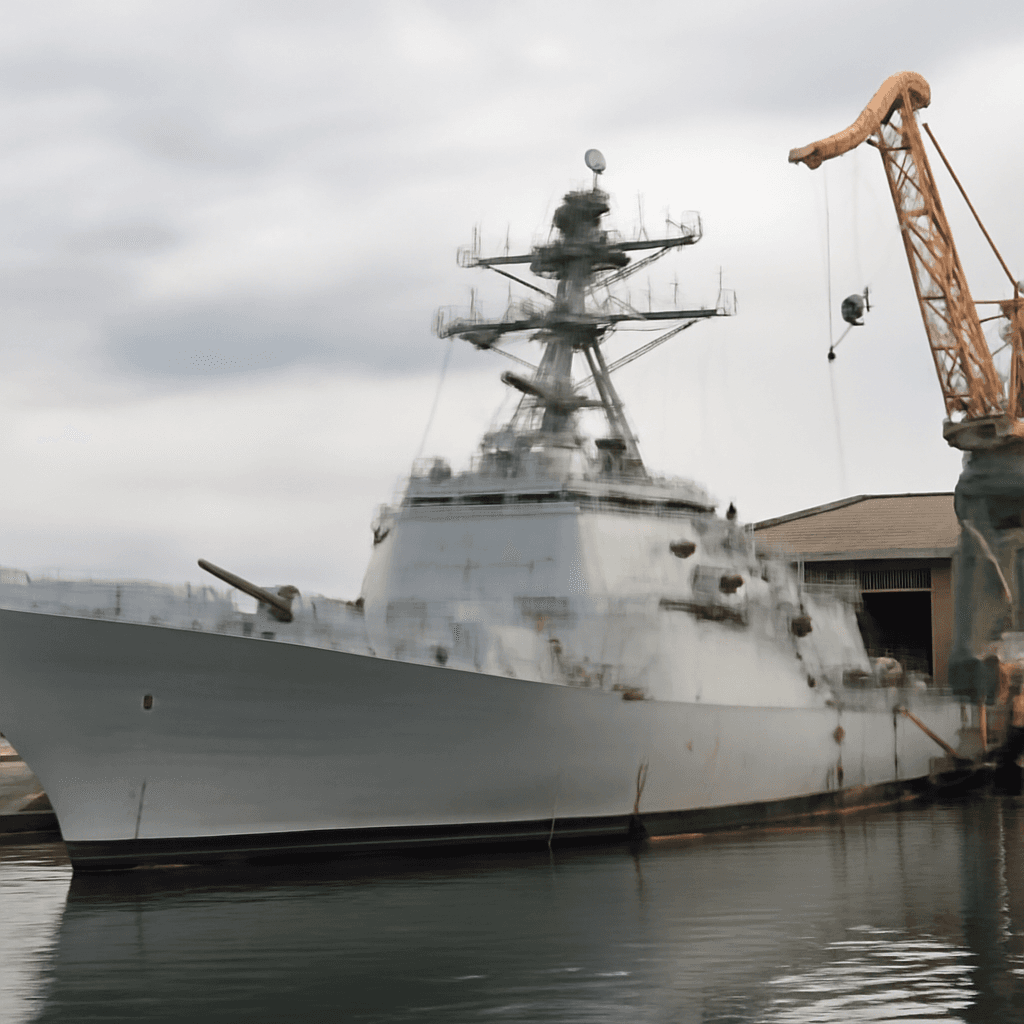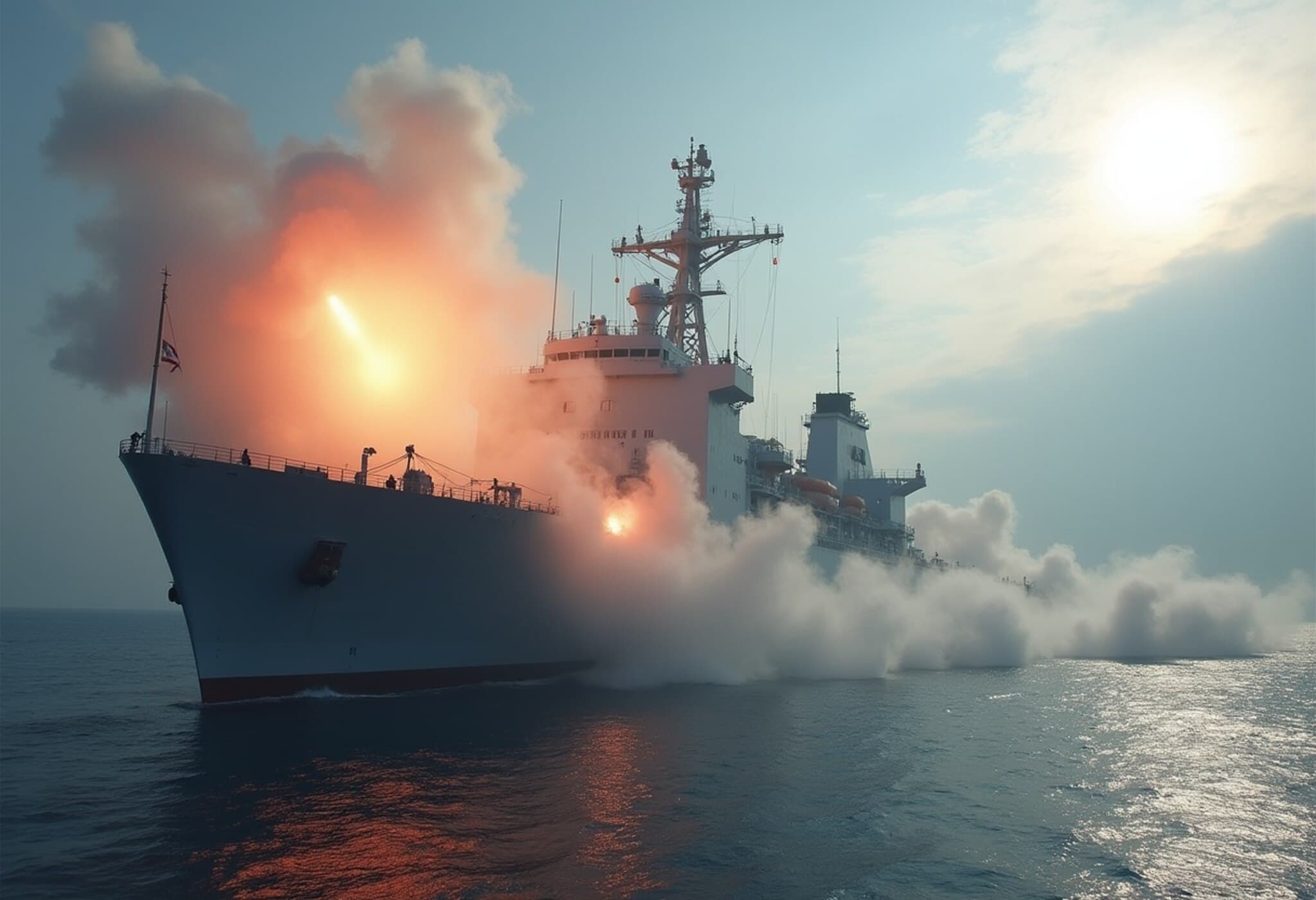Japan Raises Alarm Over China's Dual Aircraft Carrier Presence in Pacific
Japan has expressed serious concern after spotting two Chinese aircraft carriers operating simultaneously in the Pacific Ocean for the first time. This marks a major expansion of China's naval reach beyond its usual operational areas amid escalating tensions in the region.
Unprecedented Joint Operations Near Iwo Jima
According to Japan's Defense Ministry, the carriers Liaoning and Shandong were observed conducting coordinated operations near Iwo Jima, roughly 1,200 kilometers south of Tokyo. Defense Minister Gen Nakatani revealed that the Liaoning also ventured into Japan's exclusive economic zone near Minamitorishima, yet stayed outside territorial waters.
Both carriers launched and recovered fighter jets during these exercises, highlighting China's growing maritime capabilities. Notably, a J-15 fighter from the Shandong approached a Japanese P-3C reconnaissance aircraft within a dangerously close distance of just 45 meters. Tokyo denounced this maneuver as "abnormally close" and lodged a formal protest with Beijing, urging avoidance of such risky encounters.
Expanding Chinese Naval Reach Deepens Tokyo's Worries
China's increasing naval footprint is unsettling for Japan. Traditionally, Beijing's naval operations remained within the first island chain—stretching from Japan through Taiwan to the Philippines. But recent activity shows Beijing pushing further toward the second island chain, which includes strategic US territories such as Guam.
Minister Nakatani commented, "China evidently aims to enhance the capabilities of its two carriers and boost its long-range sea and air operational capacity." In response, Japan is intensifying its defense posture by deploying long-range cruise missiles and ramping up counter-strike capabilities.
China Insists Carrier Drills Are Routine Exercises
China’s navy acknowledged the dual-carrier deployment as part of routine training exercises in accordance with international law, insisting these moves are not directed at any specific nation. This effort aligns with China's broader goal of forging a formidable "blue-water" navy capable of sustained operations far from home waters.
Although China operates the world's largest naval fleet by vessel count, it remains behind the US in aircraft carrier numbers, boasting three carriers compared to America's eleven. The US maintains a permanent carrier presence in Japan with the USS George Washington, emphasizing the strategic importance of this region.
Overview of China’s Aircraft Carrier Fleet
- The Liaoning is China's first carrier, converted from a Soviet vessel.
- The Shandong is domestically built based on Liaoning's design, both utilizing a ski-jump system for launching jets.
- The third carrier, Fujian, launched in 2022 and currently undergoing sea trials, features an advanced electromagnetic catapult system akin to US carriers, though still conventionally powered.
Despite these advances, China's carriers lack nuclear propulsion, limiting their endurance and range as compared to the US nuclear-powered fleet.
Regional Incidents Amplify Tensions
Japan has reported multiple recent incidents involving Chinese vessels and aircraft near its territorial waters. In August, a Chinese surveillance plane violated Japanese airspace over Nagasaki, while a Chinese research ship entered Japanese waters off Kagoshima.
In September, the Liaoning accompanied by two destroyers transited between Japan's westernmost island and Taiwan, closely skirting Japanese-controlled maritime zones. Tokyo remains alert to China's growing military collaborations with Russia, including joint naval and air patrols near northern and southwestern Japan.
Japan's Response and the Road Ahead
Chief Cabinet Secretary Yoshimasa Hayashi emphasized Japan’s commitment to maintaining open communication channels with China, while simultaneously enhancing surveillance and preparedness. As China continues to project maritime power further into the Pacific, Japan is accelerating efforts to bolster national security and safeguard regional stability.
In an evolving geopolitical landscape, these developments underscore the pressing need for vigilance and strategic diplomacy in Northeast Asia.












